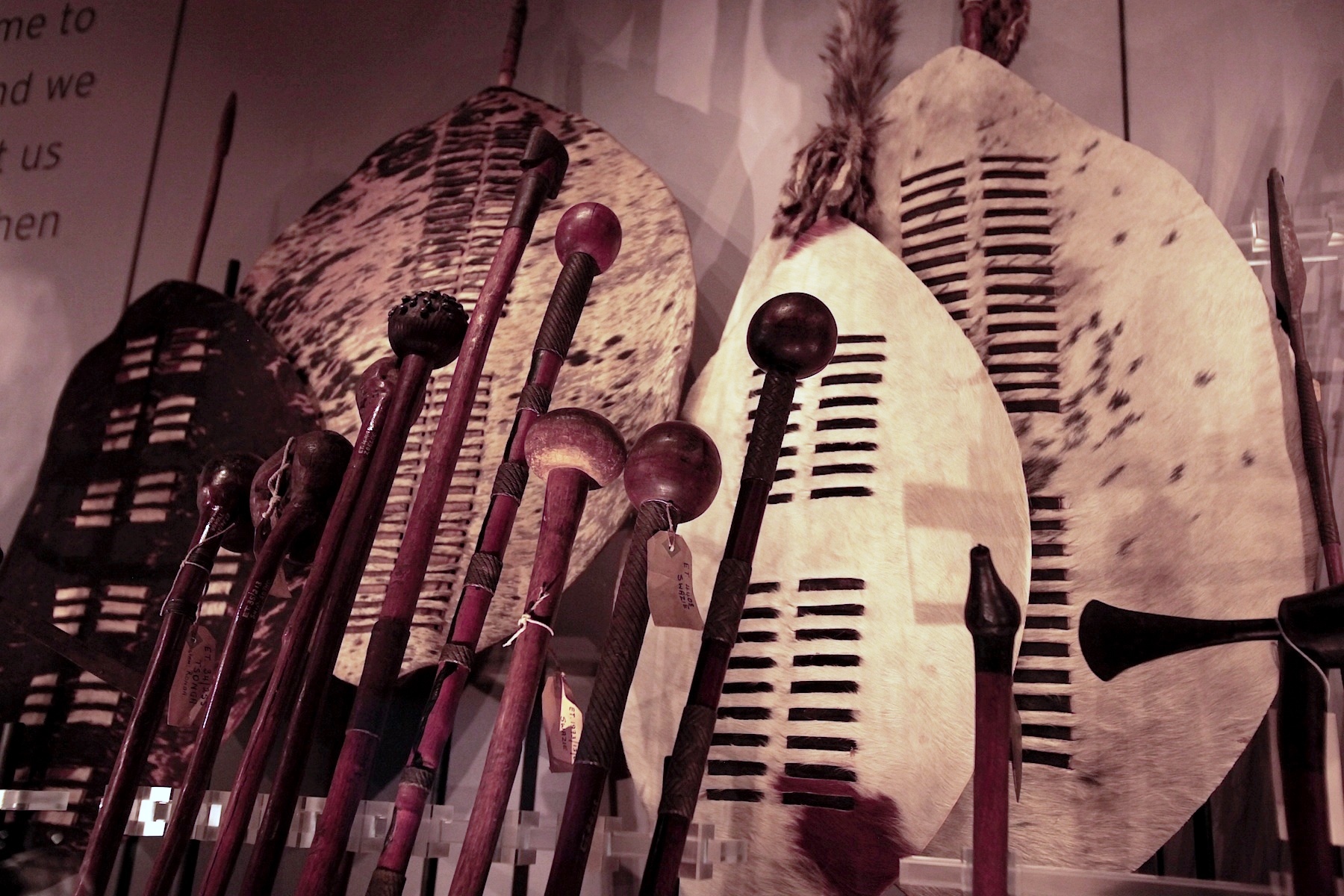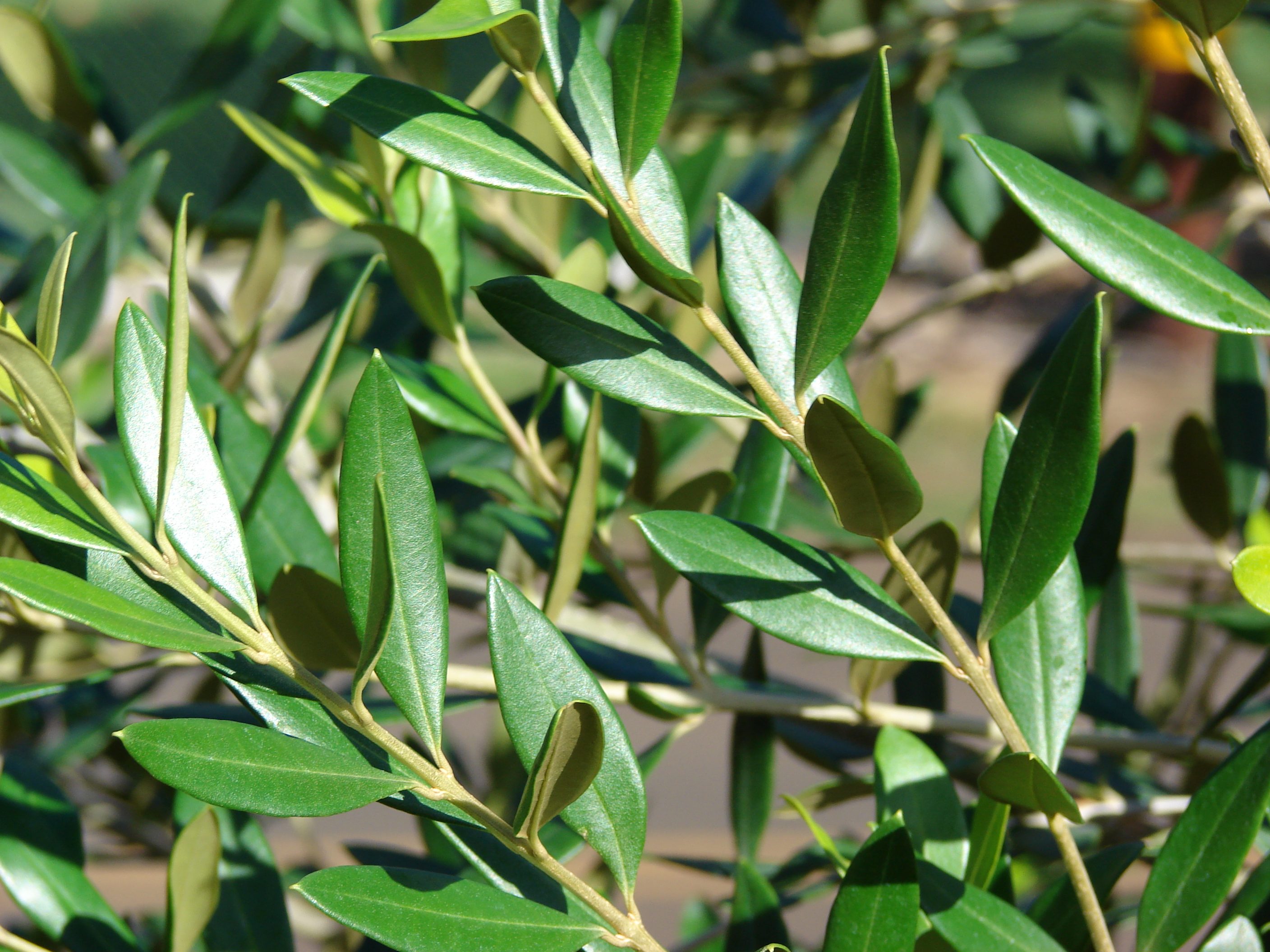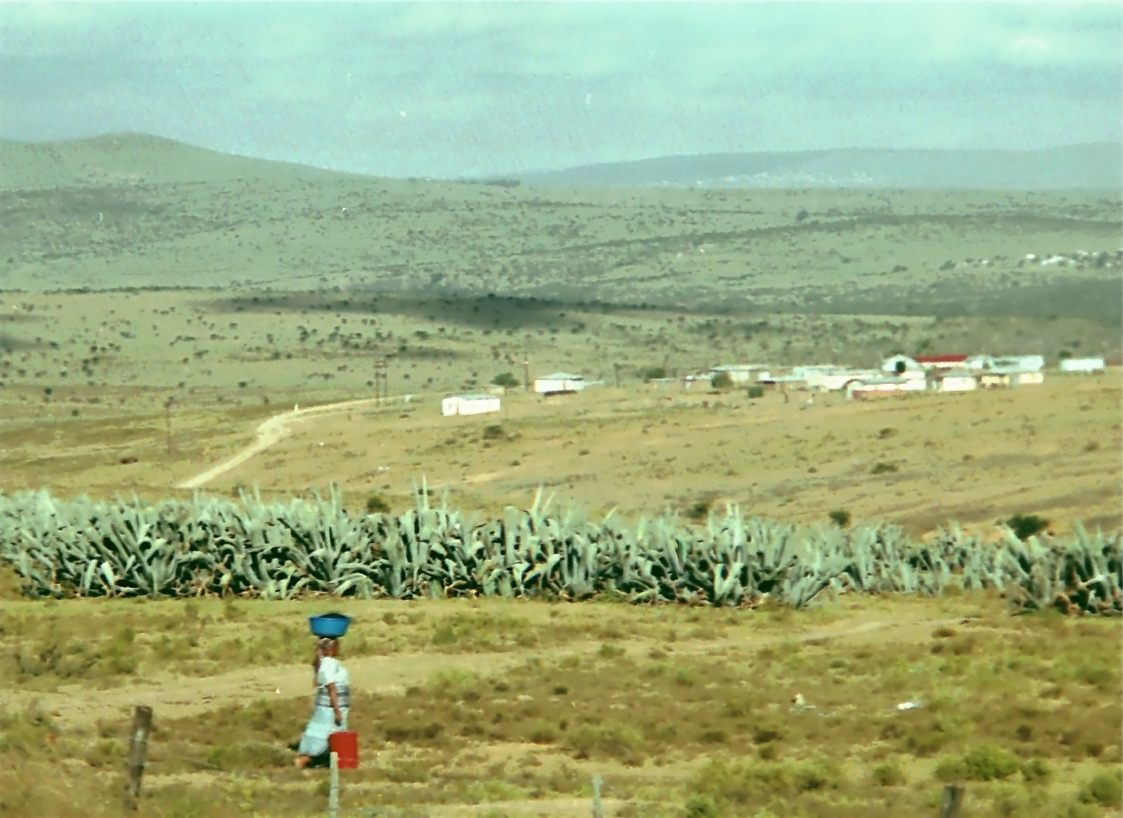|
Knobkerrie
A knobkerrie, also spelled knobkerry, knobkierie, and knopkierie (Afrikaans), is a form of wooden club, used mainly in Southern and Eastern Africa. Typically they have a large knob at one end and can be used for throwing at animals in hunting or for clubbing an enemy's head. For the various peoples who use them, they often have marked cultural significance. Being able to carry the knobkerrie has also had a political dimension, especially in South Africa. Name The name derives from the Afrikaans word ''knop'', meaning ''knob'' or ''ball'' and the Khoekhoe or San word ''kirri'', meaning walking stick. The name has been extended to similar weapons used by the native peoples of Australia, the Pacific islands and other places, and was also used in the British army. Uses in southern Africa and abroad Knobkerries were an indispensable weapon of war both in Africa and abroad. In Africa, the weapon found particular use among Nguni peoples. Among the Zulu people they are known as ''i ... [...More Info...] [...Related Items...] OR: [Wikipedia] [Google] [Baidu] |
Club (weapon)
A club (also known as a cudgel, baton, bludgeon, truncheon, cosh, nightstick, or impact weapon) is a short staff or stick, usually made of wood, wielded as a weapon since prehistoric times. There are several examples of blunt-force trauma caused by clubs in the past, including at the site of Nataruk in Turkana, Kenya, described as the scene of a prehistoric conflict between bands of hunter-gatherers 10,000 years ago. Most clubs are small enough to be swung with one hand, although larger clubs may require the use of two to be effective. Various specialized clubs are used in martial arts and other fields, including the law-enforcement baton. The military mace is a more sophisticated descendant of the club, typically made of metal and featuring a spiked, knobbed, or flanged head attached to a shaft. Examples of cultural depictions of clubs may be found in mythology, where they are associated with strong figures such as Hercules or the Japanese oni, or in popular culture, where t ... [...More Info...] [...Related Items...] OR: [Wikipedia] [Google] [Baidu] |
Freedom Park-150
Freedom is understood as either having the ability to act or change without constraint or to possess the power and resources to fulfill one's purposes unhindered. Freedom is often associated with liberty and autonomy in the sense of "giving oneself their own laws", and with having rights and the civil liberties with which to exercise them without undue interference by the state. Frequently discussed kinds of political freedom include freedom of assembly, freedom of association, freedom of choice, and freedom of speech. In one definition, something is "free" if it can change easily and is not constrained in its present state. In philosophy and religion, freedom is sometimes associated with free will, without undue or unjust constraints on that will, such as slavery, enslavement. It is an idea closely tied with the concept of negative liberty. Charles Taylor resolves one of the issues that separate "positive" and "negative" theories of freedom, as these were initially distinguish ... [...More Info...] [...Related Items...] OR: [Wikipedia] [Google] [Baidu] |
Apartheid
Apartheid (, especially South African English: , ; , "aparthood") was a system of institutionalised racial segregation that existed in South Africa and South West Africa (now Namibia) from 1948 to the early 1990s. Apartheid was characterised by an authoritarian political culture based on ''baasskap'' (boss-hood or boss-ship), which ensured that South Africa was dominated politically, socially, and economically by the nation's minority white population. According to this system of social stratification, white citizens had the highest status, followed by Indians and Coloureds, then black Africans. The economic legacy and social effects of apartheid continue to the present day. Broadly speaking, apartheid was delineated into ''petty apartheid'', which entailed the segregation of public facilities and social events, and ''grand apartheid'', which dictated housing and employment opportunities by race. The first apartheid law was the Prohibition of Mixed Marriages ... [...More Info...] [...Related Items...] OR: [Wikipedia] [Google] [Baidu] |
Zulu (1964 Film)
''Zulu'' is a 1964 British epic war film depicting the Battle of Rorke's Drift between the British Army and the Zulus in January 1879, during the Anglo-Zulu War. It shows how 150 British soldiers, 30 of whom were sick and wounded patients in a field hospital, successfully held off a force of 4,000 Zulu warriors. The film was directed by American screenwriter Cy Endfield and produced by Stanley Baker and Endfield, with Joseph E. Levine as executive producer. The screenplay was by Endfield and historical writer John Prebble, based on Prebble's 1958 '' Lilliput'' article "Slaughter in the Sun". The film stars Baker and introduces Michael Caine, in his first major role, with a supporting cast that includes Jack Hawkins, Ulla Jacobsson, James Booth, Nigel Green, Paul Daneman, Glynn Edwards, Ivor Emmanuel, and Patrick Magee. Zulu chief and future South African political leader Mangosuthu Buthelezi played Zulu King Cetshwayo kaMpande, his great-grandfather. The opening and closing nar ... [...More Info...] [...Related Items...] OR: [Wikipedia] [Google] [Baidu] |
Badimo
Badimo (Tswana ''badimo'', literally "ancestors") is a name for the indigenous African Traditional Religion of Botswana & South Africa. Although the CIA Factbook currently states that four percent of Batswana are practitioners, in reality a great majority of Batswana follow at least some of the traditions deemed ''Badimo'' even if they are strong followers of another religion as well. The term "Badimo", although usually translated as "ancestors" does not simply refer to people who are now dead, but rather to the "living dead". In the traditional African worldview, deceased ancestors continue to be present and are actively included in the daily life of individuals and tribes. In Botswana it is believed that when someone dies,they go to live in another place from where they will be watching over the living. It is believed that if one does something that displeases Badimo they may punish him. The punishment upon the individual may be an unsuccessful life, sickness, accidents or non achi ... [...More Info...] [...Related Items...] OR: [Wikipedia] [Google] [Baidu] |
Lebollo La Banna
''Lebollo la banna'' is a Sesotho term for male initiation. ''Lebollo'' is a cultural and traditional practice that transitions boys in the Basotho society to manhood. It is a rite of passage where ''dzwiya'' () pass puberty and enter adulthood to become ''monna'' () by circumcision. This practice is commonly found among Basotho men in the Free State Province of South Africa as well as in Lesotho. The prevalence of traditional male circumcision among the Sotho people, who mostly reside in the Free State, is at 57.3%. Despite much criticism directed towards ''lebollo'', there is an increase in the number of boys attending traditional initiation schools in post-apartheid South Africa. This is argued to be due to the resurgence of young men's respect for traditional authority as well as the government support of research reporting reduced risk of HIV infection when circumcised. Many government-based organizations provide clinical circumcision, but many Basotho still opt for circum ... [...More Info...] [...Related Items...] OR: [Wikipedia] [Google] [Baidu] |
Basotho Blanket
The Basotho blanket is a distinctive form of woollen blanket commonly worn by Sotho people in the Lesotho and South Africa. History Originally gifted to the then ruler King Moshoeshoe I by a British man known only as "Mr Howell" in the late 19th century, these blankets quickly gained popularity in the Lesotho region. The way that Basotho men wear these traditional blankets is based on the traditional Kaross, an animal skin cloak although their transformation to "factory-woven textile" is attributed to King Moshoeshoe I. By 1860 securing sufficient skins for Karosses was increasingly difficult and by 1872 a large majority of sheepskin covers had been replaced by poor quality cotton or wool. The King secured the production of "special blankets" in 1876 after meeting with Scottish textile manufacturer Donald Fraser. These new blankets were not only sturdier but they could also be fashioned in a way that more resembled the Kaross and they therefore quickly replaced the poor quali ... [...More Info...] [...Related Items...] OR: [Wikipedia] [Google] [Baidu] |
Olea Africana
''Olea europaea'' subsp. ''cuspidata'' is a subspecies of the well-known olive tree ('' Olea europaea''), which until recently was considered a separate species (''Olea africana'') and is still mentioned as such in many sources. Native to northeast of Africa and the drier parts of subtropical Asia, it has various common names, including wild olive, African olive, brown olive and Indian olive. It is the ancestor of the cultivated olive and it has been introduced to Australia, New Zealand and the US. It is an aggressive invasive species that can infest dry woodland areas, riparian zones, headlands and dune systems.Olea europaea subsp. cuspidata (wild olive) CAB International. Retrieved 17 January 2022. Description [...More Info...] [...Related Items...] OR: [Wikipedia] [Google] [Baidu] |
Ciskei
Ciskei (, or ) was a Bantustan for the Xhosa people-located in the southeast of South Africa. It covered an area of , almost entirely surrounded by what was then the Cape Province, and possessed a small coastline along the shore of the Indian Ocean. Under South Africa's policy of apartheid, land was set aside for black peoples in self-governing territories. Ciskei was designated as one of two homelands, or "Bantustans", for Xhosa-speaking people. Xhosa people were forcibly resettled in the Ciskei and Transkei, the other Xhosa homeland. In contrast to the Transkei, which was largely contiguous and deeply rural, and governed by hereditary chiefs, the area that became the Ciskei had initially been made up of a patchwork of "reserves", interspersed with pockets of white-owned farms. In Ciskei, there were elected headmen and a relatively educated working-class populace, but there was a tendency of the region's black residents—who often worked in East London, Queenstown, and Kin ... [...More Info...] [...Related Items...] OR: [Wikipedia] [Google] [Baidu] |








